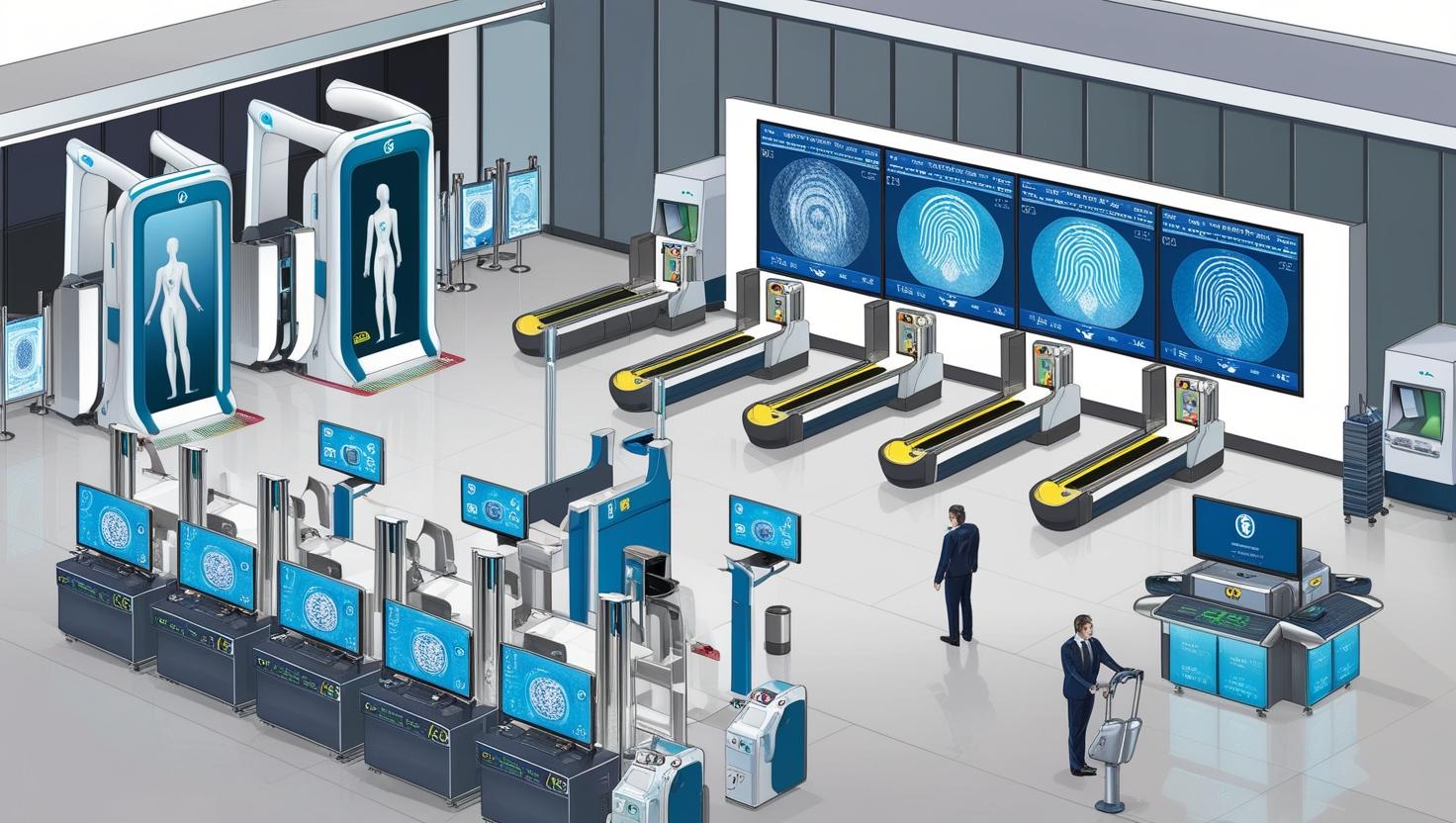In an era marked by increasing global security threats and heightened safety awareness, the Security Screening Market is experiencing rapid expansion. The rising frequency of terrorism, cyber threats, and organized crime has compelled governments, airports, commercial establishments, and public event organizers to invest heavily in advanced security screening technologies. As a result, the market is set for robust growth over the coming decade, driven by the demand for smarter, faster, and more accurate threat detection solutions.
The Growing Importance of Security Screening
Security screening refers to the processes and technologies used to detect weapons, explosives, contraband, and other prohibited items to ensure public safety. Airports, train stations, border crossings, and critical infrastructure sites rely heavily on security screening to prevent unlawful activities and protect civilians.
Recent years have witnessed a significant escalation in security incidents worldwide, prompting regulatory bodies to implement stricter screening protocols. This trend has increased the need for more efficient and automated screening systems capable of handling high passenger volumes without compromising safety. The global security screening industry is anticipated to grow from USD 9.92 billion in 2025 to USD 13.80 billion in 2030, at a compound annual growth rate (CAGR) of 6.8%.
Technological Advancements Fueling Market Growth
Technological innovation is a key driver in the security screening market. The integration of advanced imaging technologies such as millimeter-wave scanners, computed tomography (CT) scanners, and 3D X-ray machines has significantly enhanced threat detection accuracy. These systems can now detect a wide range of concealed items, including non-metallic explosives and sophisticated weapons.
Download PDF Brochure @ https://www.marketsandmarkets.com/pdfdownloadNew.asp?id=264685413

Artificial intelligence (AI) and machine learning algorithms are being incorporated to improve image analysis, reduce false alarms, and expedite the screening process. These smart systems can learn from data, adapt to new threat patterns, and support operators with real-time decision-making.
Moreover, the rise of contactless and remote screening solutions—accelerated by the COVID-19 pandemic—has transformed traditional security checks. These technologies minimize physical interaction while maintaining rigorous screening standards, thereby enhancing passenger experience and operational efficiency.
Expanding Applications Across Industries
While aviation remains the largest end-user of security screening solutions, the market is expanding into other sectors. Public transportation hubs, such as metro and bus stations, are increasingly adopting screening technologies to manage safety amid growing urban populations.
Critical infrastructure facilities—including power plants, government buildings, and stadiums—are investing in perimeter security and access control systems equipped with advanced screening capabilities. Additionally, large-scale public events and gatherings are leveraging mobile and rapid-deployment screening solutions to safeguard attendees.
Regional Market Trends and Opportunities
North America and Europe currently dominate the security screening market, thanks to well-established regulatory frameworks and extensive adoption of cutting-edge technologies. Airports in these regions are continually upgrading their screening infrastructure to comply with evolving international safety standards.
However, the Asia-Pacific region is emerging as the fastest-growing market. Rapid urbanization, expanding air travel, and increased government spending on public safety initiatives are driving demand in countries like China, India, Japan, and Australia. Investments in smart city projects further support the integration of security screening with broader surveillance and emergency response systems.
Challenges and the Road Ahead
Despite its growth potential, the security screening market faces several challenges. Privacy concerns and passenger convenience issues require ongoing attention, as intrusive screening methods can lead to resistance from the public. Regulatory compliance and interoperability among different security technologies also pose hurdles.
To overcome these challenges, manufacturers and service providers are focusing on developing non-invasive, privacy-preserving screening technologies that deliver high accuracy without compromising personal dignity. Enhanced collaboration between governments, private sector players, and technology innovators will be critical to driving the next wave of security screening solutions.
The Security Screening Market is poised for robust growth as global security concerns continue to escalate and new technologies emerge. By combining advanced imaging, AI, and contactless solutions, security screening is becoming smarter, faster, and more efficient—ensuring safer public spaces and transportation systems worldwide. As governments and organizations prioritize security in the face of evolving threats, this market will remain vital in safeguarding people and infrastructure well into the future.
